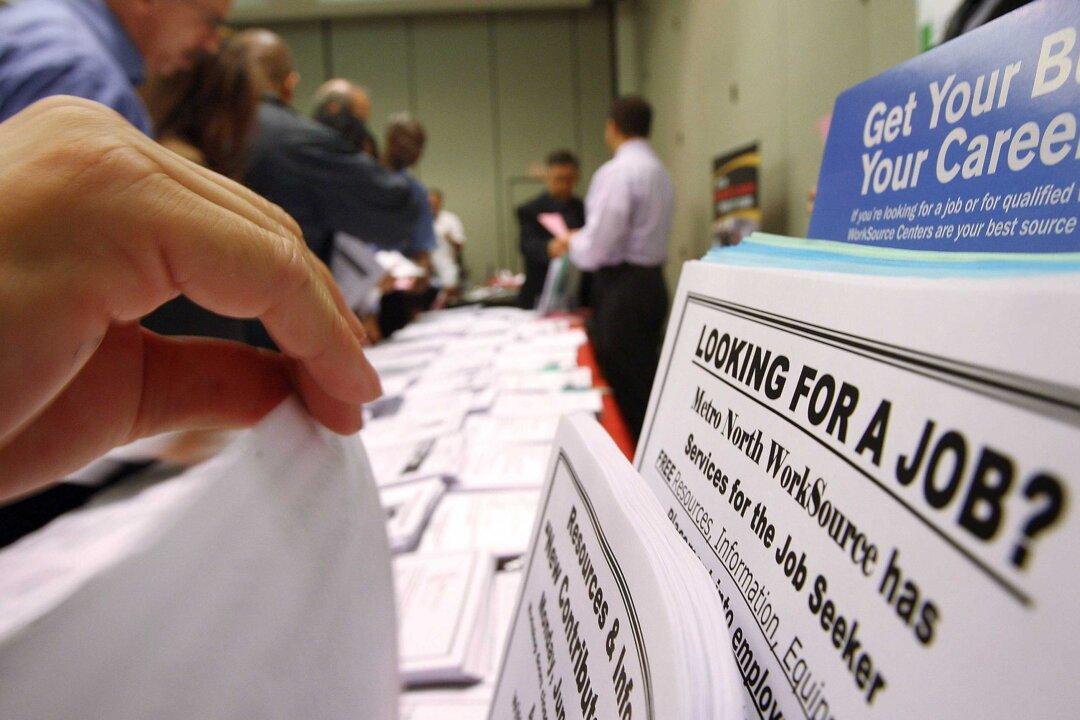The Labor Department announced on Dec. 16, that Americans filing for unemployment benefits rose as the labor market hit a slight bump in its recovery from last year’s CCP (Chinese Communist Party) virus pandemic.
Jobless claims rose to 206,000 last week by 18,000, bouncing off of the prior week’s 52-year low, which was higher than the estimated median economic forecast of 195,000 claims for the week.





